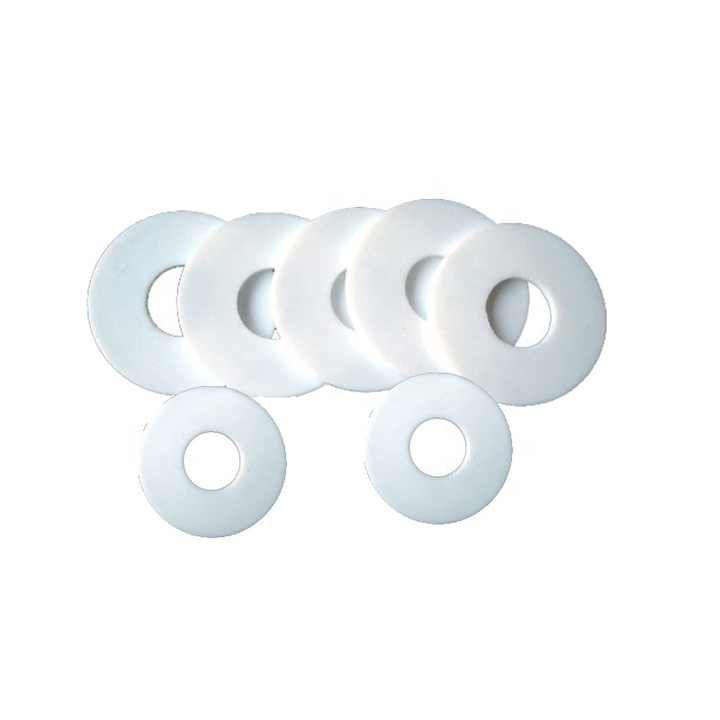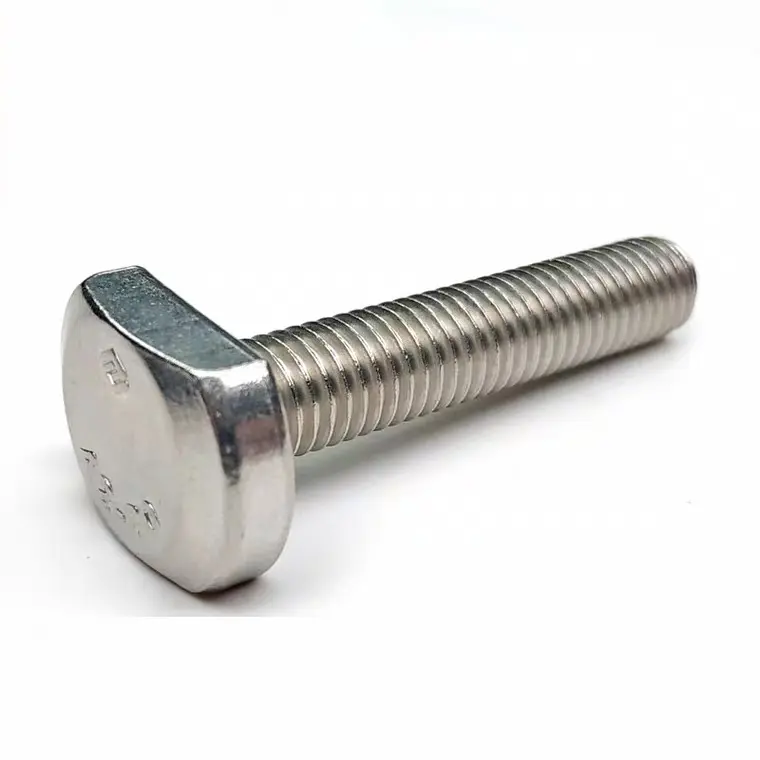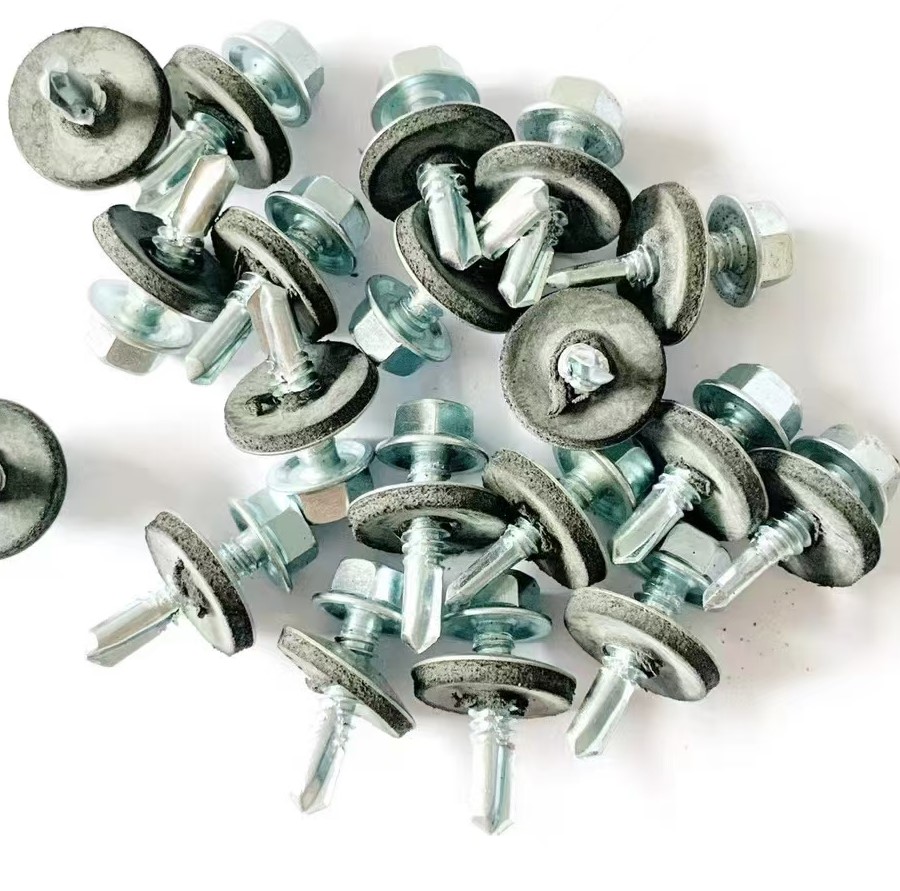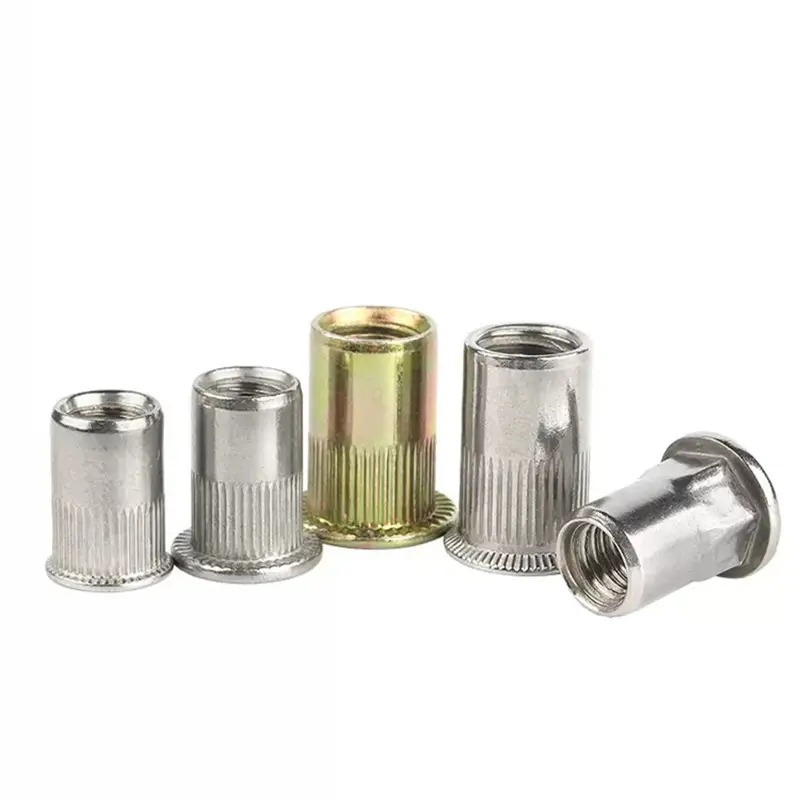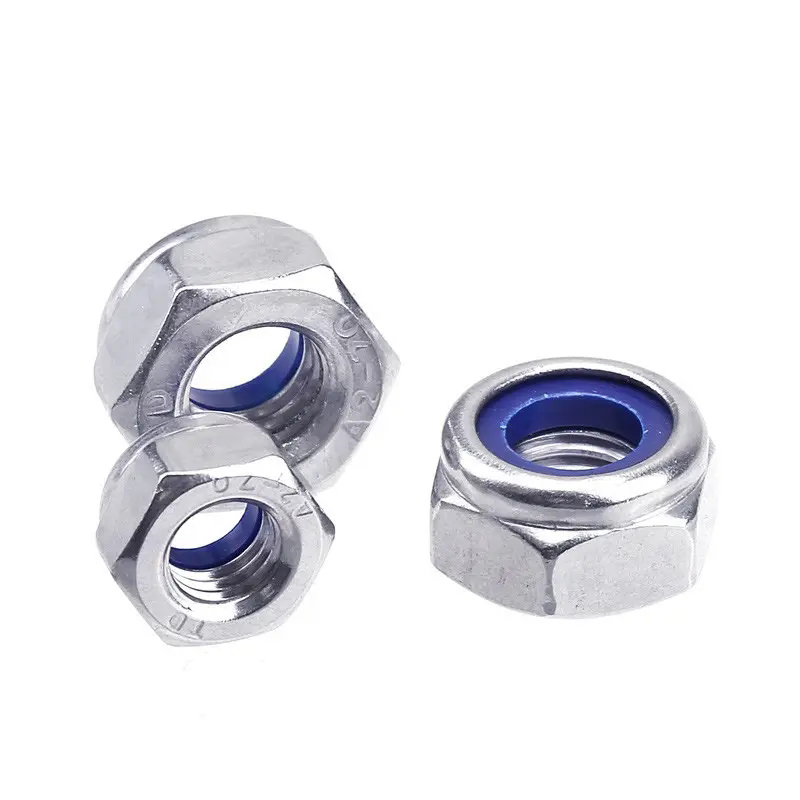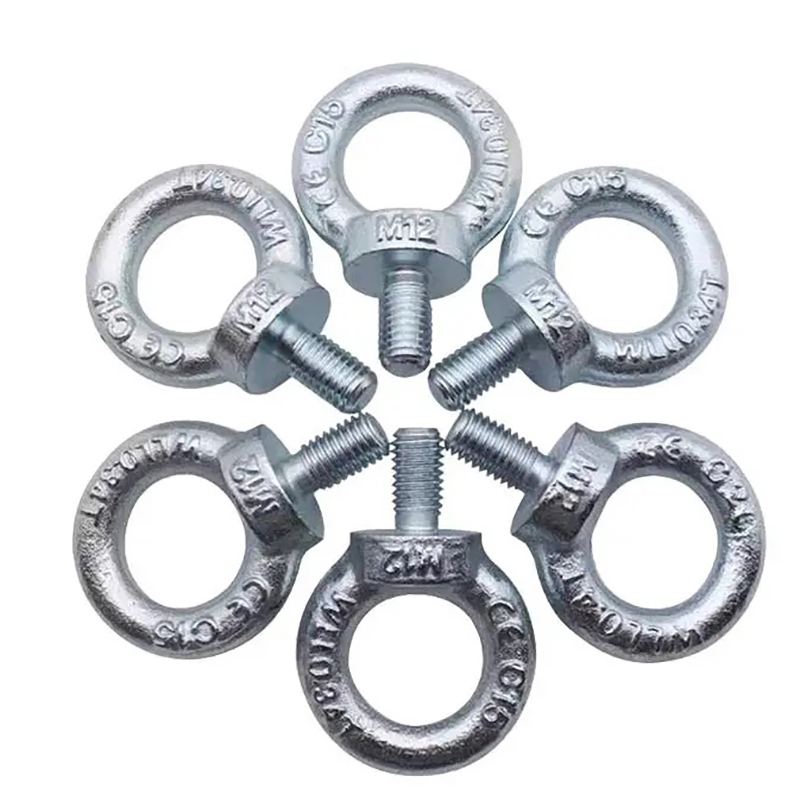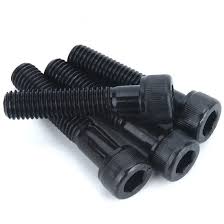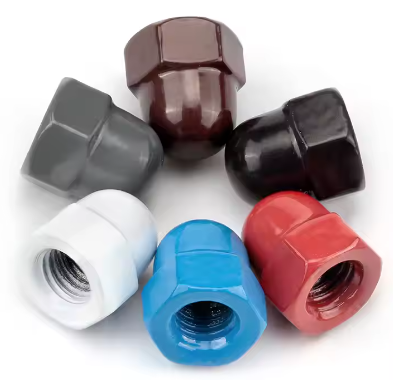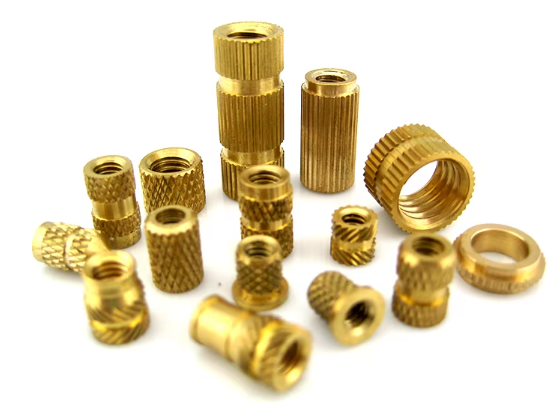

This comprehensive guide helps you navigate the world of shim factories, providing insights into selecting the ideal supplier based on your specific requirements. We explore key factors to consider, including material types, manufacturing processes, quality control measures, and logistical capabilities. Learn how to evaluate potential suppliers and make informed decisions to ensure your project's success.
The choice of material for your shims is crucial and depends heavily on your application. Common materials include steel, aluminum, brass, and stainless steel. Each offers unique properties regarding strength, corrosion resistance, and conductivity. Steel shims, for example, provide excellent strength and durability, making them suitable for high-stress applications. Aluminum shims, on the other hand, are lightweight and corrosion-resistant, ideal for applications where weight is a concern. When selecting a shim factory, ensure they can supply the specific material you require.
Different manufacturing processes result in varying levels of precision and efficiency. Common methods include stamping, machining, and laser cutting. Stamping is often cost-effective for high-volume production, while machining offers greater precision for complex shapes. Laser cutting allows for intricate designs and high accuracy. Understanding these processes will help you determine which shim factory best suits your needs and desired level of precision.
A reliable shim factory will implement rigorous quality control measures throughout the manufacturing process. Look for certifications such as ISO 9001, which indicates adherence to international quality management standards. Inquire about their testing procedures and the tolerances they can achieve to ensure the shims meet your specifications.
Consider the shim factory's production capacity and lead times. For large orders, ensure they have the capability to meet your volume requirements within your timeframe. Communication is key; a responsive and reliable supplier is essential for timely project completion.
Evaluate the shim factory's logistics capabilities and shipping options. Consider proximity to your location or the availability of efficient shipping methods to minimize transportation costs and lead times. Ask about their packaging and handling procedures to ensure the shims arrive in perfect condition.
Thorough research is crucial. Begin by identifying potential shim factories through online searches, industry directories, or recommendations. Compare their capabilities, pricing, and lead times. Request quotes and samples to evaluate the quality of their products. Don't hesitate to visit potential suppliers to assess their facilities and operations firsthand. For high-quality, precision-engineered shims, consider suppliers with a proven track record and commitment to excellence. A company like Hebei Dewell Metal Products Co., LTD might be a good starting point for your search.
| Material | Strength | Corrosion Resistance | Cost |
|---|---|---|---|
| Steel | High | Moderate | Moderate |
| Aluminum | Moderate | High | Low |
| Brass | Moderate | High | High |
| Stainless Steel | High | Very High | High |
Remember to always specify your exact requirements when contacting shim factories to ensure you receive the best possible product for your needs.

